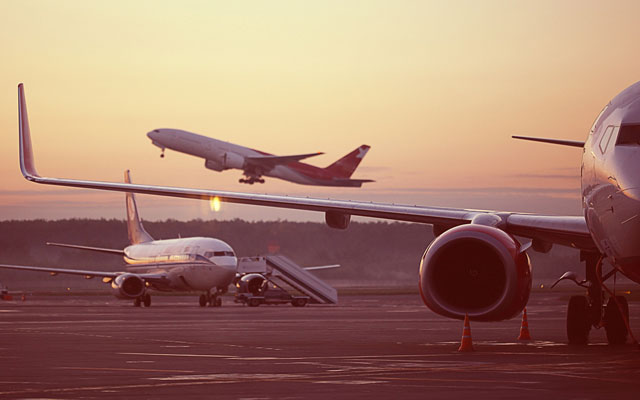Travel bubbles that facilitate cross-border travel is essential to restoring air connectivity, but a globally-accepted risk assessment methodology and suitable Covid testing must be in place as well, according to a high-ranking official of the IATA.
Speaking at a networking break during Virtual PATA Travel Mart on Aviation’s Response to Covid-19 and the Safe Reopening of Air Travel, Vinoop Goel, regional director – airport & external relations of IATA, noted that countries have varying risk levels, which requires assurance that passengers travelling from a higher-risk country to a lower-risk destination are “equalised” through testing.

To determine a suitable extent of testing, countries need to be evaluated for their risk of transmissions. Travel between countries with a similar low risk level may eliminate quarantine and testing, according to Goel, while travel between countries with “significant differential risk” may require Covid tests to equalise travellers’ risks.
“Unfortunately, there is no globally accepted methodology for risk assessment,” he said.
Goel continued: ”Our goal is to restore air connectivity and to do it in an internationally consistent, mutually accepted and harmonised way. We don’t want a chaotic situation where passengers are stuck (at the airport or destination) because internationally accepted rules have not been followed.”
IATA has come up with A Covid Risk Assessment Framework Paper, and recommends for ICAO to also formulate a framework on common risk assessment that will facilitate cross-border travel between countries.
As part of its contribution to ICAO’s Take off: Guidance for Air Travel through the Covid-19 Public Health Crisis, a global standard framework of risk-based temporary measures for air transport operations amid the pandemic, IATA has introduced a roadmap of biosafety for air transport to ensure that air travel is not a meaningful vector for the spread of Covid-19.
On the demand side, Goel opined there was a need to restore travel confidence among governments and the flying public, through direct communications with not just passengers, but also within the aviation supply chain.
One of the key factors putting a dent on air travel demand is the lack of insurance coverage to fly abroad at present. “We are working with insurance companies and governments worldwide… to ensure there is an industry-wide solution,” Goel said.
In the base case scenario, IATA has forecasted that global passenger traffic will not return to pre-Covid-19 levels until 2024, with the short-haul sector predicted to bounce back faster than the longhaul market.




















